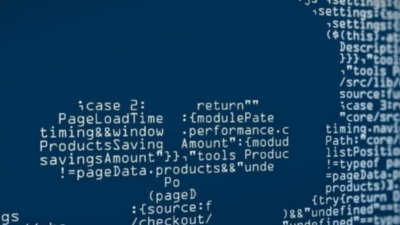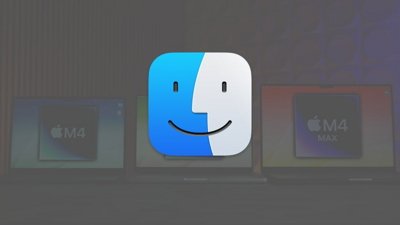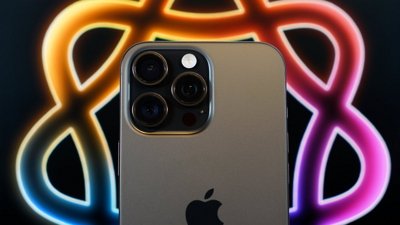macOS
macOS is the operating system for the Mac. After nearly a decade as Mac OS X, Apple moved the naming to macOS 11 to mark the transition to Apple Silicon.
The operating system will now iterate its version number similar to Apple's other operating systems.
macOS 16
While there is little to know about macOS 16, it's likely that the system will see a signifcant design overhaul as Apple attempts to adopt a more cohesive design across all of its devices. Current rumors suggest that the changes will be based upon design elements found in visionOS.
It is also likely that we will see more Apple Intelligence features roll out in macOS 16.
macOS Sequoia
Revealed at WWDC 2024 and released the following September, macOS Sequoia was the first macOS update to recieve Apple Intelligence features. This included AI improvemets to Notes, Calculator, Safari, Siri, and more. It also introduced features like Writing Tools and Image Playground.
This release also introduced iPhone mirroring. This feature allows users to control their iPhone remotely from within macOS Sequoia. While mirrored, The iPhone screen remains locked.
Other features introduced included Messages improvements, the dedicated Passwords app, and tiled window management.
macOS Sonoma
Released on September 26, 2023, macOS Sonoma was a modest update with a few quality-of-life updates paired with ecosystem upgrades also announced for iOS 17.
New features allowed users to add widgets to their desktops and activate Apple TV-like screensavers in this release. Game Mode was also introduced, and gives full-screen games priority access to the CPU and GPU and lowers usage for background tasks.
macOS Ventura
WWDC 2022 revealed macOS Ventura with a new windowing system called Stage Manager. Updates include more social and sharing options across the OS, including SharePlay in iMessage.
Focus Modes get more powerful thanks to Focus Filters. Also, Apple pushes PassKey, Matter, and other new systems as the overall market launches those features in the fall of 2022.
macOS Monterey
The macOS Monterey update brings new social-focused features to the operating system. Apple also introduced a new Handoff feature called Universal Control that enables one Mac's mouse and keyboard to move between nearby devices.
Apps were also updated with new features and designs, like Safari with a new tab grouping system and FaceTime with a grid option for calls. The new "Shared With You" sections in apps show content that people have sent you in the Messages app.
macOS Big Sur
Apple built macOS Big Sur to be the transition operating system for Apple Silicon. It introduced new design aspects like rounded windows and squircle iconography.
This operating system brings optimized apps for the new ARM system architecture, universal apps, and better responsiveness across the board. Also, use your iPhone and iPad apps on the Mac when running an M1 processor.
macOS Catalina
macOS Catalina was the next step in Apple's modern initiatives to control the user experience from top to bottom. This update closed off more walls, built up more security, and offered more ecosystem parity across devices.
This update also ditched iTunes in favor of three new apps; music, podcasts, and TV. The Files app now handles local backup and syncing of iPhone and iPod devices.
Mac Catalyst
A precursor to the Apple Silicon transition, Mac Catalyst allows developers to directly convert iPad apps into Intel-based apps. This option still exists for developers but is less likely to be used since Intel is on its way out.
iOS
The operating system for iPhone is called iOS. It was based on Mac OS X and built for touch.
Apps are distributed via the App Store, and Apple controls which apps are approved for sale. This method of software distribution has lead to many lawsuits and accusations of monopoly power.
iOS 19
Set to be announced at WWDC 2025, iOS 19 is currently rumored to be a significant overhaul as Apple looks to standardize its interfaces across its platforms. Current reports suggest that the redesign will be based off of design elements introduced in visionOS.
iOS 18
Announced at June's WWDC 2024 and released in September 2024, iOS 18 is primarily known for being the Apple Intelligence update.
While features were slow to roll out, users were given new tools like Writing Tools, Image Playground, Genmoji, and integrated ChatGPT. A new personalized Siri has been delayed.
Also introduced were an all new Passwords app, RCS support, new text effects and tapback support, and even more screen customization
iOS 17
Apple introduced iOS 17 during WWDC 2023 and was first available for download on September 18, 2023.
While a good portion of the update focused on customization, this update brought a few new big features. This includes live transcriptions of incoming voicemails, video voicemail for FaceTime, and enhancements to Messages.
This was also the first time we so the new Apple Journal, which gathers data throughout the day to suggest entries based on user activity.
iOS 16
Customization continues to be a theme as iOS 16 brings custom Lock Screens with automatic switching based on Focus Mode. Notifications get out of the way as the Lock Screen art becomes the focus, and Live Activities bring interactive widgets to notification blocks.
Focus Filters bring more control to what the user sees based on Focus Modes. And, Apple's social and collaborative features continue to be improved with tweaks across the OS.
iOS 15
Apple brought more privacy controls and social features with iOS 15. Users have control over which apps notify them or what people can contact them at a given time using Focus.
Apps will not only report what data they collect, but when they collect that data in a new privacy menu. This change gives users more understanding of which apps are abusing their access to location or contacts.
iOS 14
Despite being released during a global pandemic, iOS 14 delivered some of the biggest changes to the operating system in years. Home Screen widgets, App Library, and picture-in-picture were major debut features.
Apple added Apple Watch unlock when wearing a mask via iOS 14.5. The same update introduced the ability for Apple to patch security exploits without full operating system updates.
iPadOS
Apple forked iOS into iPadOS with version 13.1. Since then, it has added full cursor support, external storage support, and improved file system management.
The changes made by iPadOS strengthen the iPad and give users more versatility when using the tablet as a primary computing device. iPad-specific features include Scribble for Apple Pencil and Magic Keyboard support.
ipadOS 19
Like macOS 16 and iOS 19, iPadOS 19 is expected to get a major design overhaul as Apple attempts to create a cohesive design across its devices. Currently, rumors suggest that the designs will be based off those introduced in visionOS.
ipadOS 18
As anticipated, iPadOS 18 got many of the same features as iOS 18. However, there are many features that were exclusive to Apple's tablet.
The biggest update includes Smart Script. Users can write just a couple of paragraphs and machine learning algorithms can straighten letters to ensure handwriting is legible but still identifiable as the user's style.
Math Notes helps users solve mathematical expressions, create and use variables, or graph equations. It works in both the calculator app, as well as Notes and Freeform.
iPadOS 17
Apple will reveal iPadOS 17 during WWDC in June. It could include improvements for Stage Manager and more social-focused features.
The Lock Screen customization introduced in iOS 16 could come to iPad as well. Plus, features surrounding Apple's newly imported Final Cut Pro and Logic Pro for iPad Pro could be improved.
iPadOS 16
The biggest UI change ever for iPad arrives with iPadOS 16 called Stage Manager. However, it is limited to iPads running an M1 or better processor.
Other updates include similar ones seen in iOS 16 like SharePlay in iMessage and other collaboration tool improvements. Pro apps on iPad also get some customization options with editable toolbars.
Sidecar
Sidecar allows users to extend or mirror a Mac desktop on an iPad. It works in both wired and wireless modes. It also supports the Apple Pencil and provides essential Mac controls in a touch-friendly sidebar.
tvOS
Apple TV has a dedicated operating system and software platform called tvOS. It is optimized for use on large screens with big icons and simple on-screen navigation. Siri acts as one of the primary input options for navigating content.
The Apple TV app is the center of tvOS and connects users to Apple TV+ and iTunes purchases.
tvOS 18
2024 was another year that provided substantial updates to Apple's set-top box. Released in September 2024, tvOS 18 introduced InSight, a feature similar to Amazon’s X-ray, providing information about actors and music during shows. Audio improvements include enhanced dialog enhancement and smarter subtitles, while SharePlay now allows collaborative playlist creation on Apple TV.
tvOS 17
Announced at WWDC 2023 and introduced the following September, tvOS 17 introduced FaceTime via Continuity Camera, "Reactions" video effects, and a revamped Control Center. Apple Fitness+ gained Audio Focus and Stacks, and for the first time users can add a VPN.
The update also gave users the ability to locate lost remotes using their iPhone.
tvOS 16
There was so little change in tvOS 16 that Apple didn't even mention it during the WWDC keynote address. It contains support for Matter, which brings wider accessory types and universal support from other manufacturers to HomeKit.
Nintendo Joy-Cons also gained support in the OS. Also, the user switching UI in Control Center will show available users to add to the Apple TV.
tvOS 15
Very little changed for tvOS 15 with added support for SharePlay and other social features. Media links shared via iMessage will show up in the Apple TV app and Apple Music in a "Shared With You" section.
Apple also included a new feature for smart AirPods switching on Apple TV. Now, if a set of AirPods are found active nearby, a menu will appear on screen to connect with a press of the TV button.
tvOS 14
tvOS 14 was introduced in 2020 with updates to Apple Arcade and PiP support. The Apple TV platform is focused primarily on media, so user-facing updates are few and far between.
watchOS
watchOS has evolved from an extension of iOS into a standalone operating system with its own App Store. The relatively new platform has seen multiple large revisions since its launch, and each update brings Apple Watch closer to becoming an independent device.
watchOS 11
Released in September 2024, watchOS 11 was a somewhat minor upgrade compared to previous years'. It introduced enhanced health and fitness features, including customizable Activity Rings, the Vitals app, and Training Load. The update also offers a revamped Photos Face with machine-learning curated images and greater customization options.
watchOS 10
Revealed during WWDC 2023 and released the following September, watchOS 10 focused on health, fitness, and customization, with new features like widgets, a redesigned Control Center, and improved fitness tracking. New health features include tracking day-to-day mood and tracking the time spent in the sun for eye health. WatchOS 10.2 added Siri integration for logging health metrics like weight, and added the ability to query Siri for health data.
watchOS 9
Apple pushed readability and content for watchOS 9, providing more detailed, yet more readable, information at a glance. Three watch faces were added along with updated complication support for older watch faces.
A new Medications app was revealed for tracking medication, getting alerts, and knowing if drugs are compatible with each other.
watchOS 8
watchOS 8 continued the trend of social-focused updates with improved typing and sharing options. Small changes were made across the UI to take advantage of larger displays.
New workout features were added for better workout identification and tracking. Also, the Breathe app became Mindfulness with more meditation options.
watchOS 7
watchOS 7 updates include improved dictation and translation features through Siri, custom cycling directions, and the ability to share watch faces with others. Apple Fitness+ support arrived in the version 7.2 update.
visionOS
Apple introduced the Apple Vision Pro in 2024, and with it, visionOS.
When first released, visionOS primarily focused on introducing spatial experiences to its users. This included adding in Personas, dynamic shadows, environments, and 3D workspaces.
The three-dimensional interface is controlled by eyes, hands, and voice. Most notably users were introduced to the "look-and-pinch" method of navigation.
visionOS 2
Released in September 2024, visionOS 2 introduced new features for Apple's spatial computer. This included spacial photos enhancements and and redesigning the Photos app for easier navigation.
New gestures, environments, and accessories compatibility are designed to enhance users' experience. Immersion-geared updates, such as multiview on Apple TV and improved Persona enhancements in FaceTime, also made an their debut
In visionOS 2.4, Apple Intelligence features made their way to the Apple Vision Pro. Like its mobile counterparts, it received Writing Tools, Image Playground, ChatGPT integrations, Genmoji, Smart Reply, Natural Language Search, Priority Messages, and Memory Movie.
Apple Apps
Safari
Safari debuted on macOS in 2003 as the default web browser running WebKit. It is the default web browser on iOS and iPadOS, and developers are restricted to building browsers with WebKit on those platforms.
Apple builds Safari with speed and privacy as top priorities. Tracking Prevention is a built-in protection that keeps companies from following users around the web.
iWork
iWork is an office productivity suite consisting of three applications — Pages, Numbers, and Keynote. They replace the Microsoft equivalent apps Word, Excel, and Powerpoint, respectively.
Apple's productivity apps focus on simplicity and collaboration via iCloud.
Apple Sports
In February 2024, Apple launched a new, free Apple Sports app for iOS, providing real-time scores and statistics for sports. The streamlined app allows users to customize their scoreboard and stay updated on their favorite leagues and teams, and notably makes use of Live Activites.
Apple Invites
Launched in February 2025, Apple Invites is designed to help iPhone owners arrange parties and events with invitations, RSVP managing, and shared photo albums and music.
The app requires an active iCloud+ subscription for the person setting up the event but does not require it from attendees. In fact, attendees don't even need to have an Apple Account.
Final Cut Pro
Final Cut Pro is Apple's professional-level, non-linear, non-destructive video editing software. It is optimized for the M1 processor and can edit videos up to 8K resolution.
Apple Health
Apple Health is an iPhone app that collects app and user health data in one place for easy viewing and metrics. Users can connect their health providers for even more health tracking features.
The Health app replaces many of the invasive apps that offer to track user's health. Apple's focus on privacy and security makes it the best place to keep such sensitive data.
Home App
HomeKit enables smart home developers to build devices that run within the Home app. Smart lights, locks, cameras, and more show up within the app for easy control and automation.
Apple Wallet
The Apple Wallet app is meant to replace or replicate many physical devices people carry. Apple hopes to eliminate the need for physical cards, keys, or passes by offering digital options, though it may take years for widespread adoption.
Store cards used with Apple Pay, including the Apple Card. Also, add Home Keys, Car Keys, driver's licenses, and more.
Translate
Apple introduced a native language translation app in iOS 14 called Translate. The feature uses on-device processing to translate text or audio between 11 different languages.
Translation features also exist within Safari and Siri. Previously, users would have to rely upon Google Translate or other services that had privacy implications.
Rosetta 2
Rosetta 2 is a stop-gap feature that translates application code on the fly. It enables Intel-based applications to be used on M-series Macs.
The M1 has been so efficient at performing this translation that some Intel-based apps work better on M1 than natively on Intel. Apple expects developers to transition their apps to M-series native since Rosetta 2 isn't meant to be forever.
Xcode
Xcode is Apple's IDE, made for producing software on Mac for use on iOS, iPadOS, macOS, tvOS, and watchOS. Free to download and use, the IDE is chiefly used by developers to create iPhone and iPad apps, as well as programs for the Mac.
While the software is free, participating in developer features like app submission and beta programs requires an active paid developer account.
Swift
Swift is an open-source modern coding language created by Apple, designed to build apps within the Apple, Mac, and Linux system. While based on Objective-C and other languages, it was designed to be more lightweight, more intuitive, safer, and easier-to-use compared to many of the alternatives.
Swift Playgrounds
Apple's gamified development environment, Swift Playgrounds, aims at teaching novice coders to comfortably be able to write in Swift. Available on both the iPad and macOS, the app is designed to quickly offer programmers feedback without the hassle of constant recompiling after tweaks and inspires experimentation through its approachable interface.
Car technology
CarPlay
CarPlay allows users to connect an iPhone or iPad to their vehicle's infotainment system. Once connected, either wired or wirelessly, the device will show an iOS-like interface on an integrated display.
Apps like Apple Maps, Phone, and Messages will appear for easy access while driving. Third-party apps can also be developed for the platform, though it requires a special approval process.
CarKey
Announced at WWDC 2020 and introduced in iOS 14 CarKey is designed to replace the physical key fob in modern vehicles. It allows users to Unlock, start, and control their vehicle via a built-in interface within Apple Wallet.
Users can share keys with trusted friends and family members via AirDrop or apps like Messages, Mail, and Whatsapp. Keys can be revoked by the owner at any point.
As of March 2025, the following manufacturers support CarKey, including:
- BMW
- BYD
- Genesis
- Gogoro
- Hyundai
- Kia
- Lotus
- Mercedes-Benz
- Mini
- Polestar
- Ram
- Volvo
Apple AR and VR
ARKit
ARKit is Apple's software development kit that enables third-party app developers to incorporate augmented reality into their iOS, iPadOS, and visionOS apps. ARKit handles many of the tough tasks associated with AR, including detecting movement and the local environment, simplifying the process for developers to place virtual objects in an everyday scene.
Apple AR
Apple is heavily invested in Augmented Reality experiences and is expected to release hardware in this space. Rumors include an AR headset or "Apple Glass" to place AR objects within the user's view.
Apple VR
Apple took its first steps into virtual reality experiences with its release of the Apple Vision Pro, which runs visionOS.
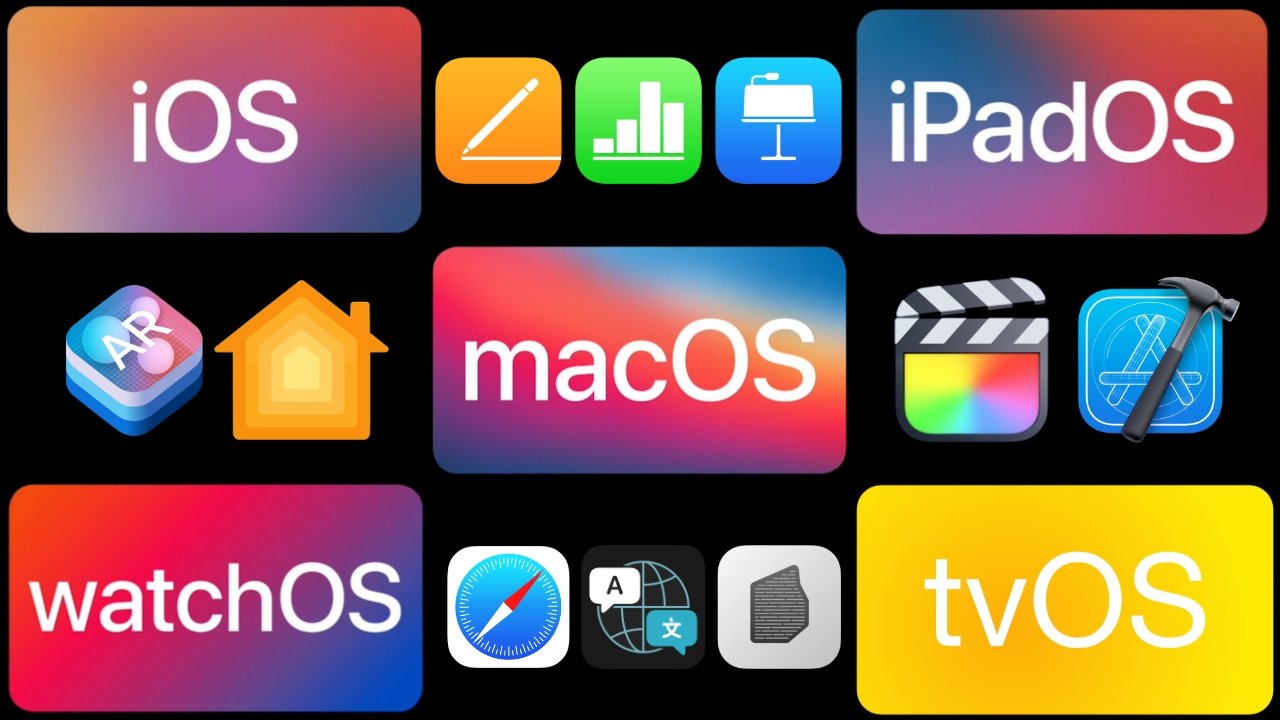
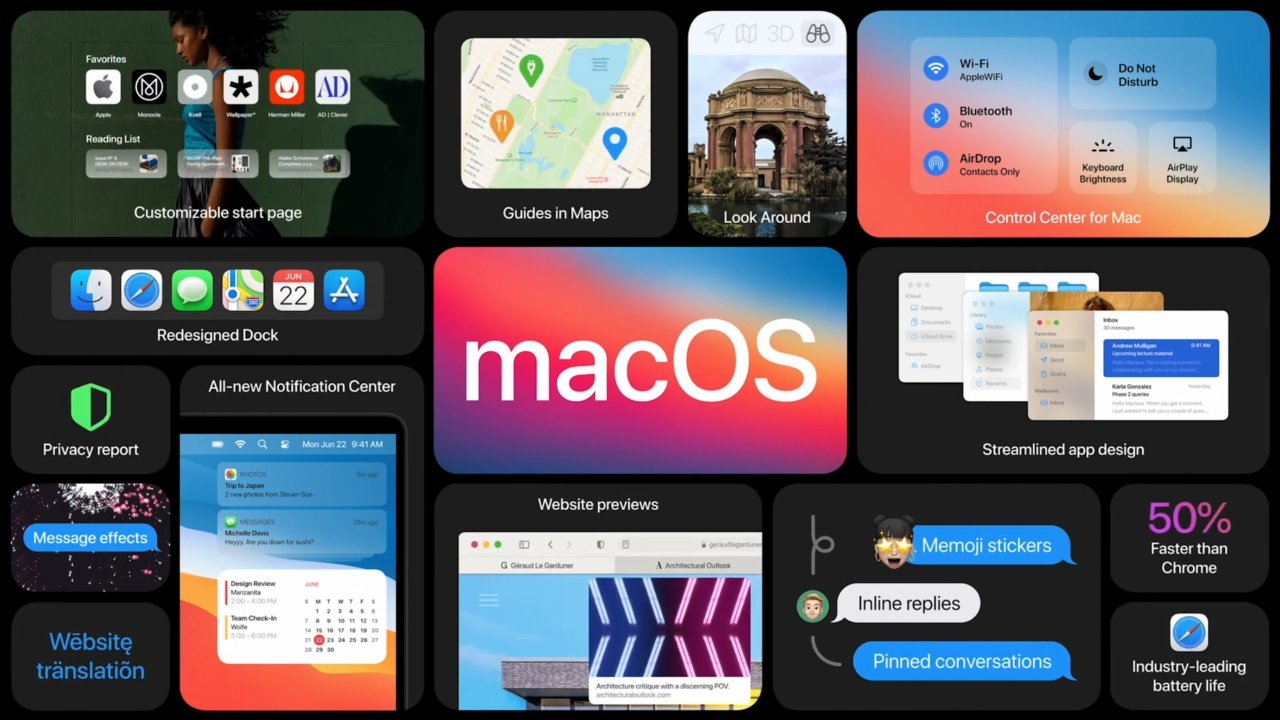
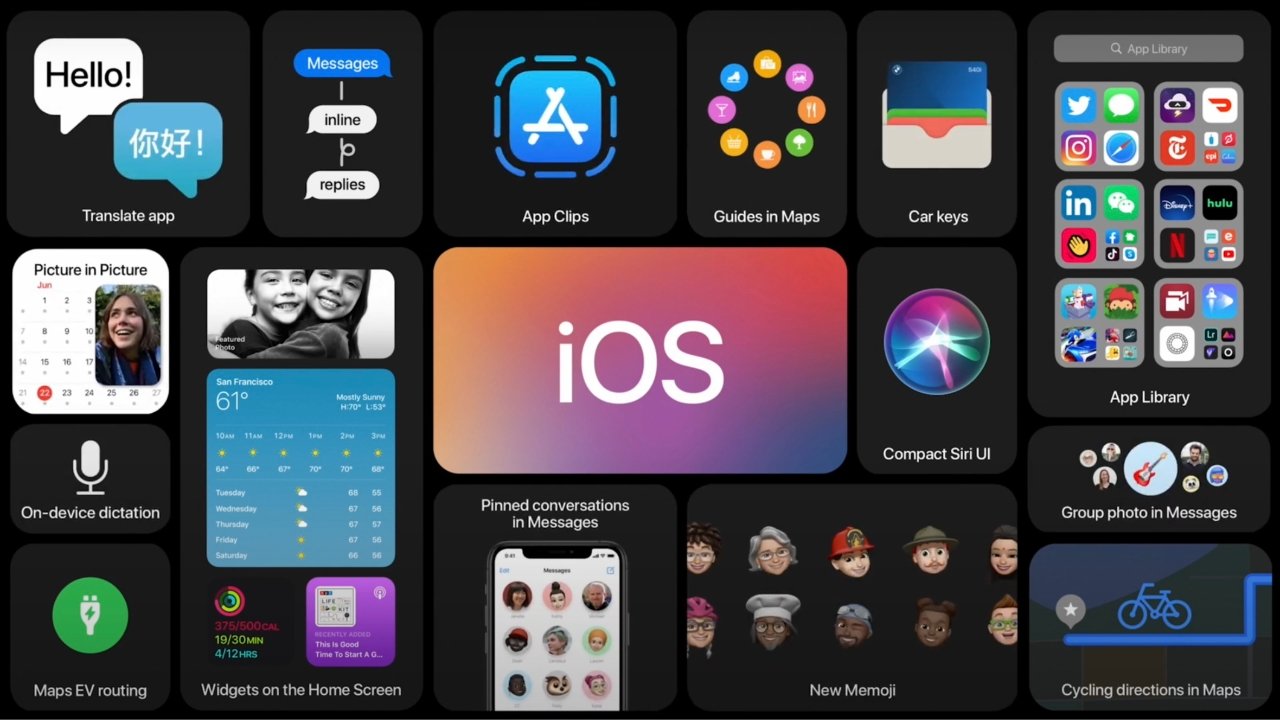
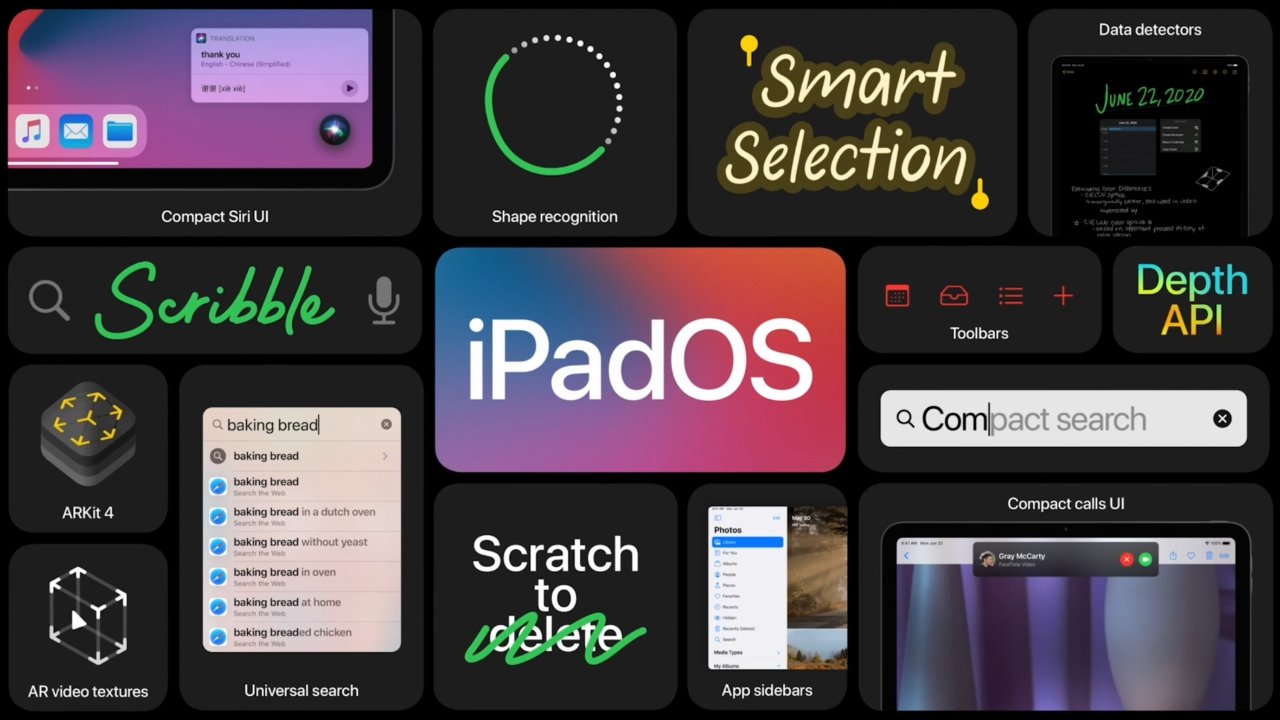
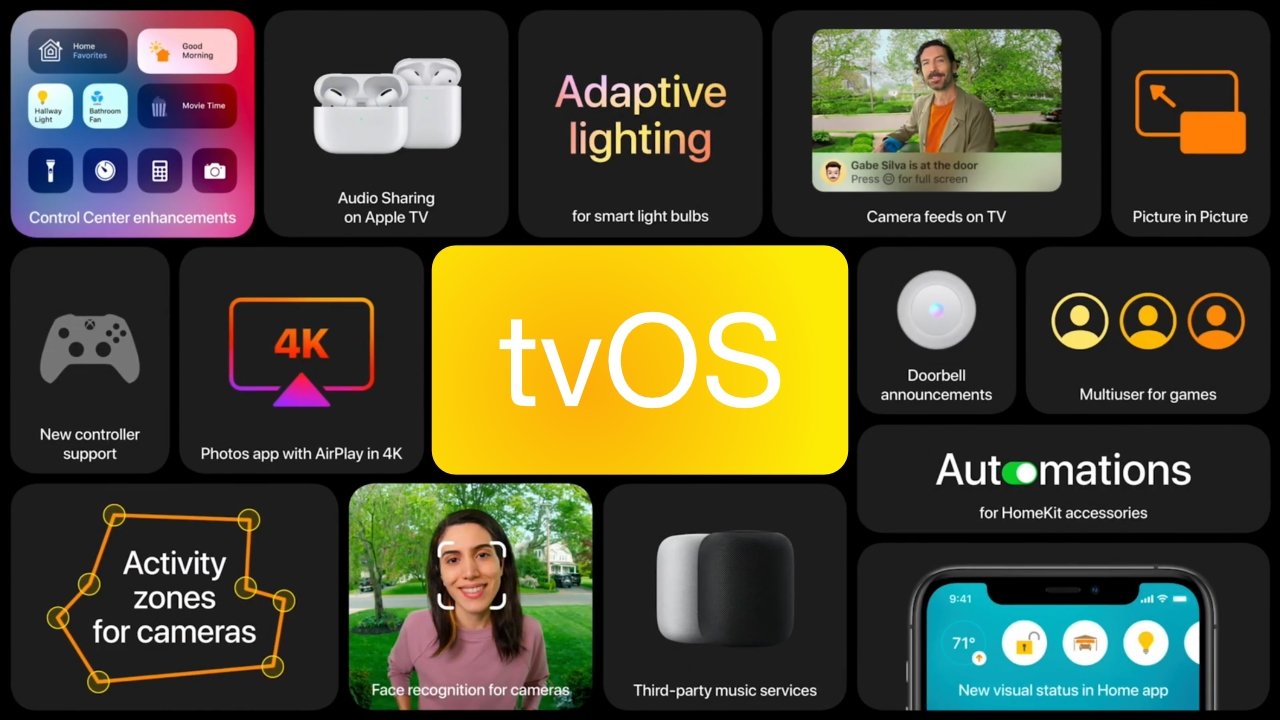
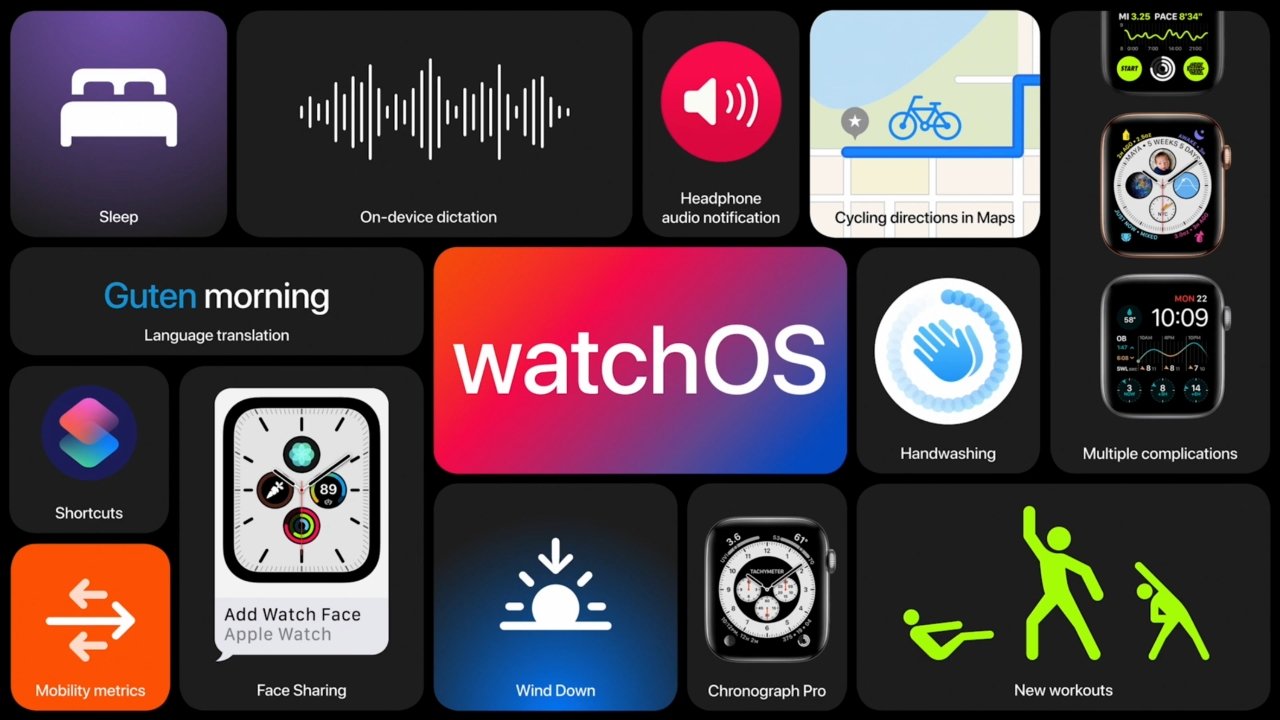
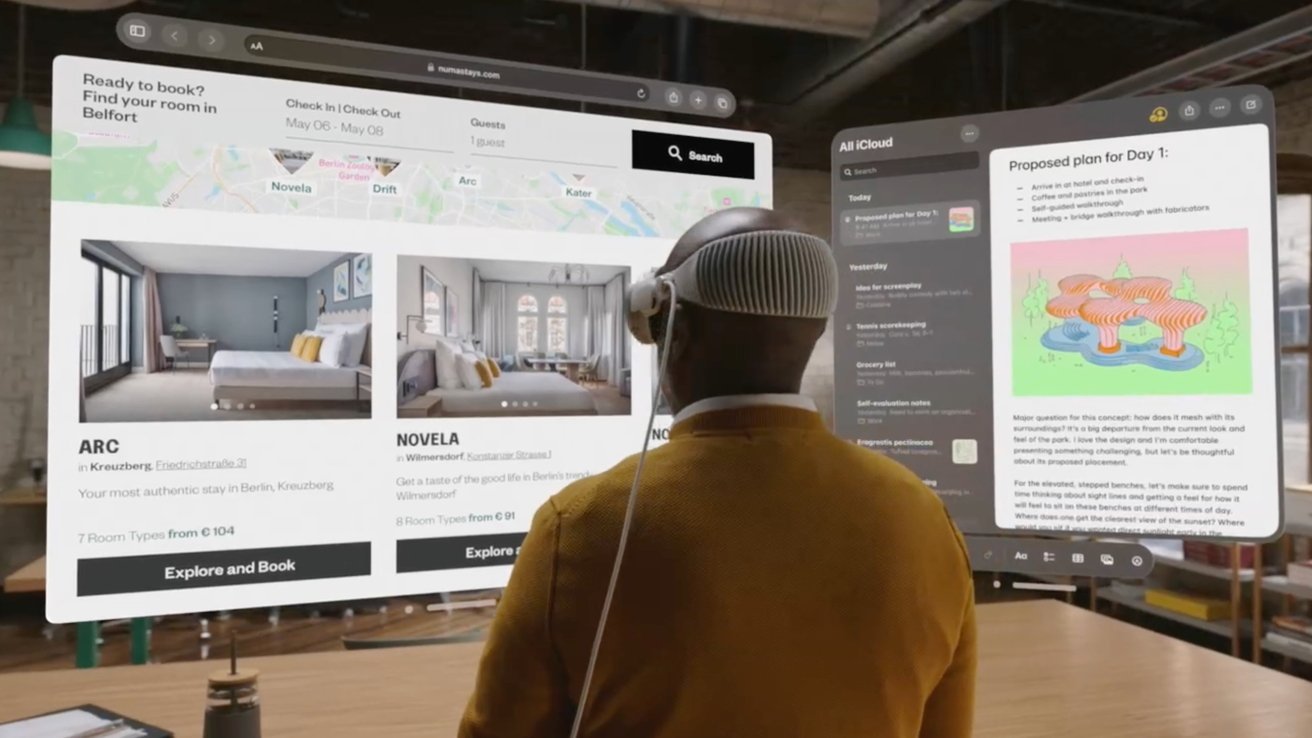
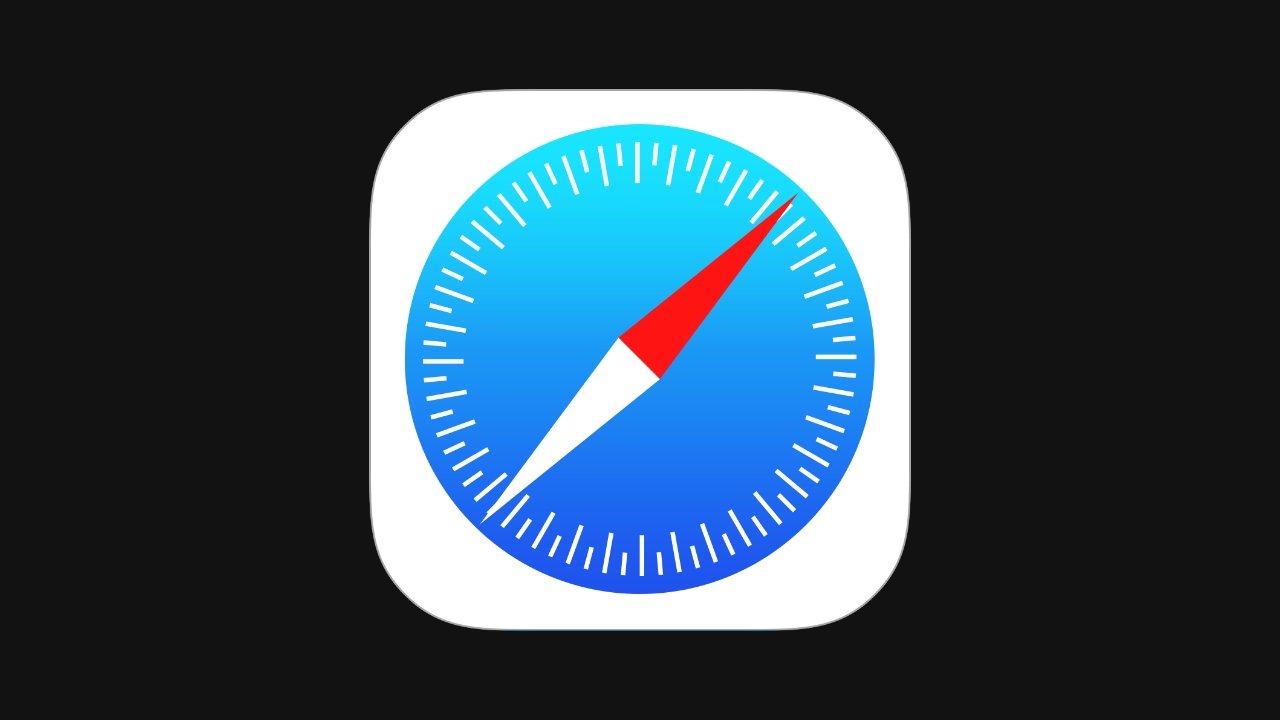
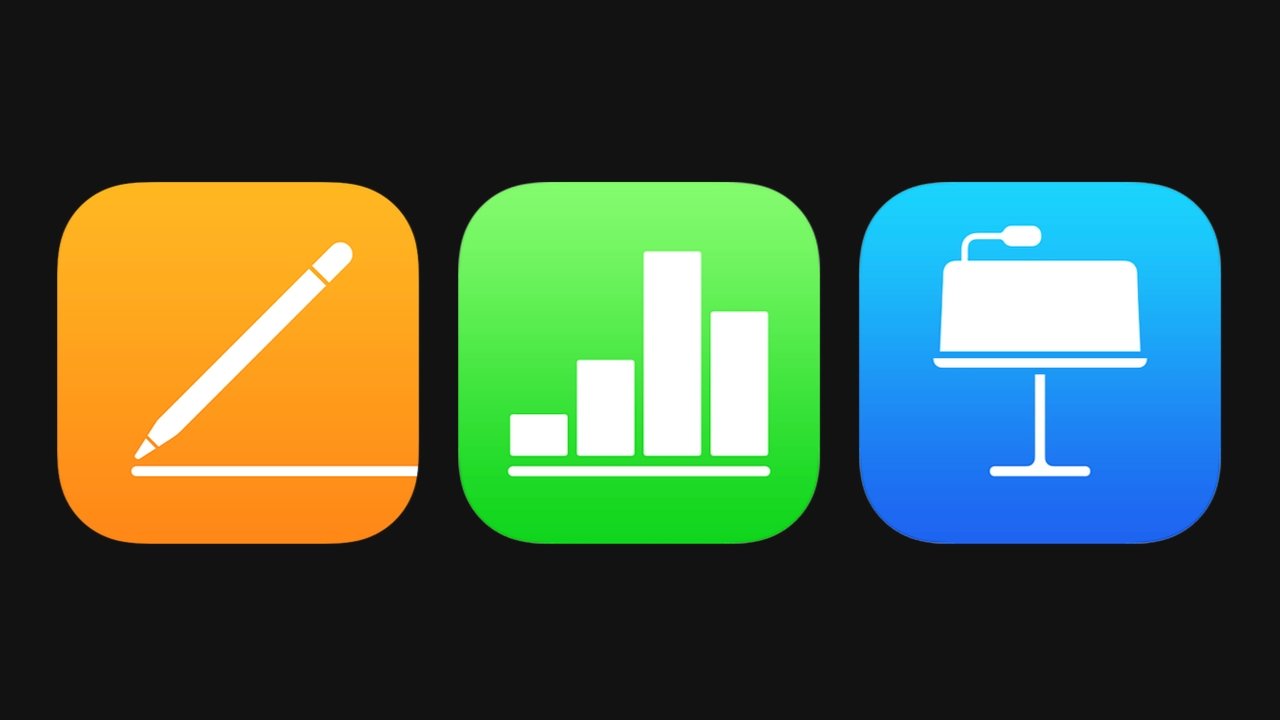
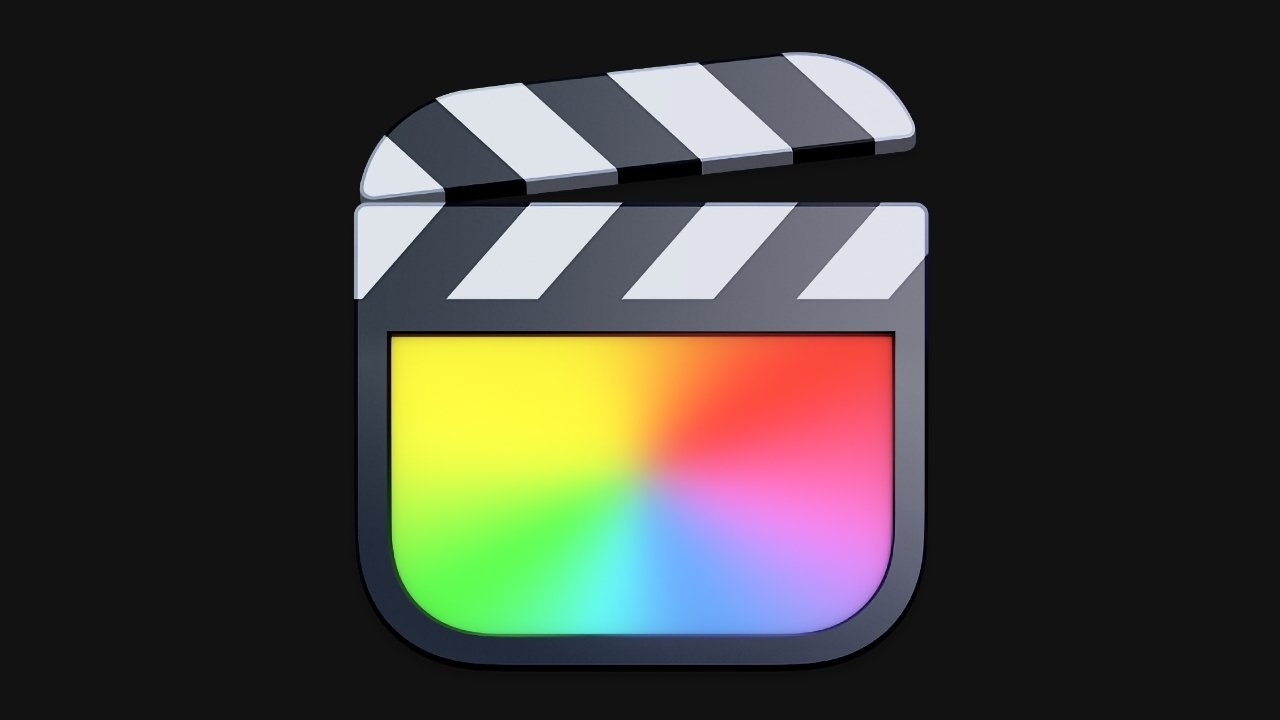


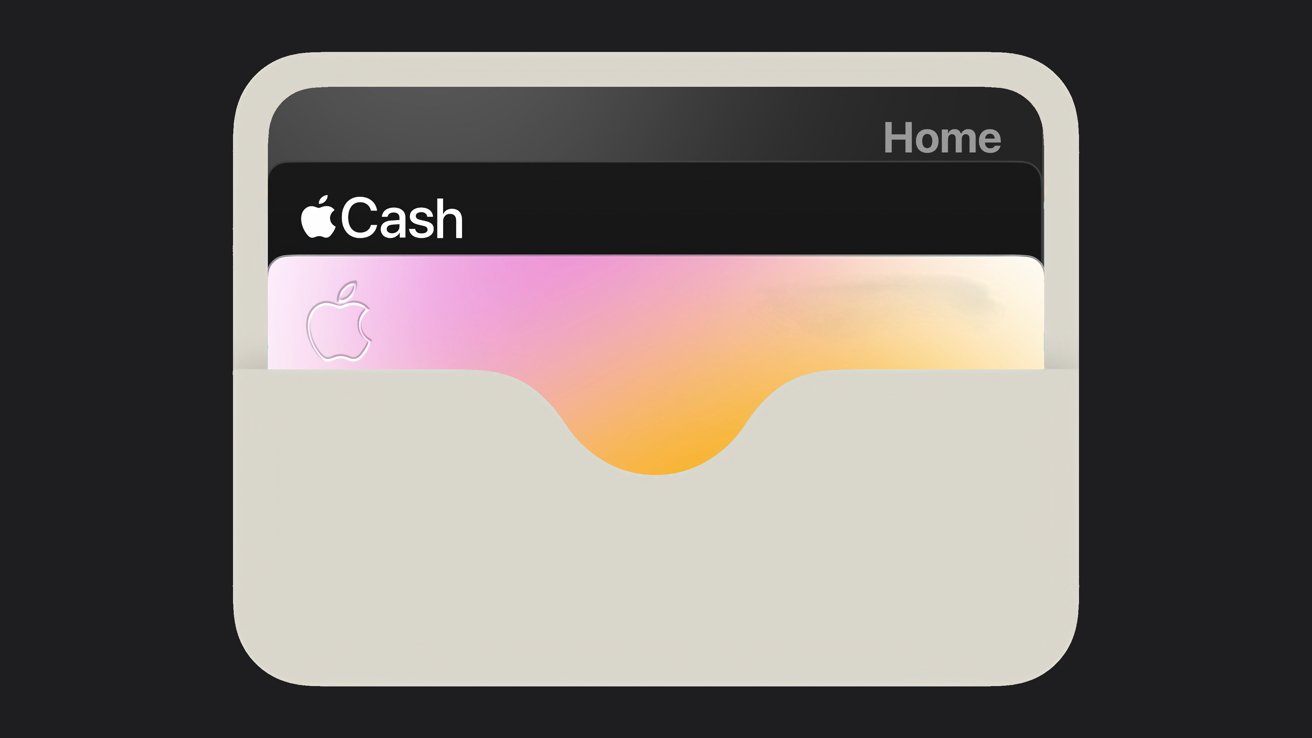
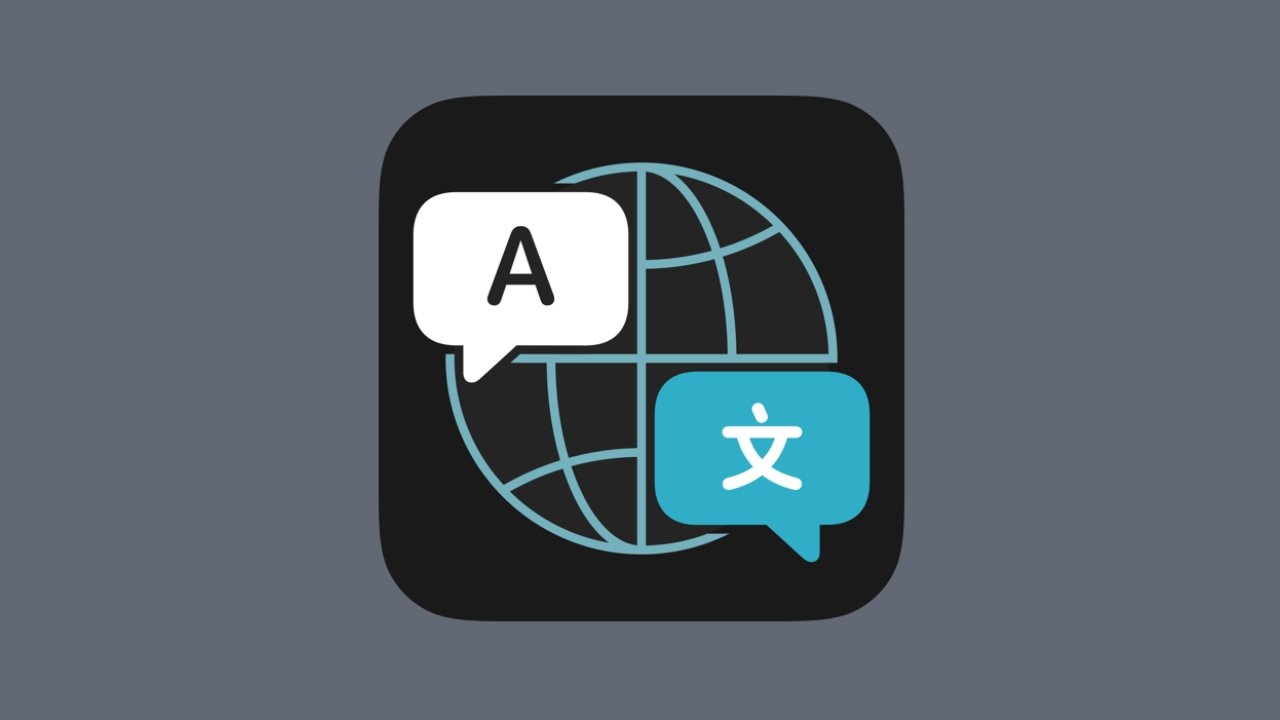
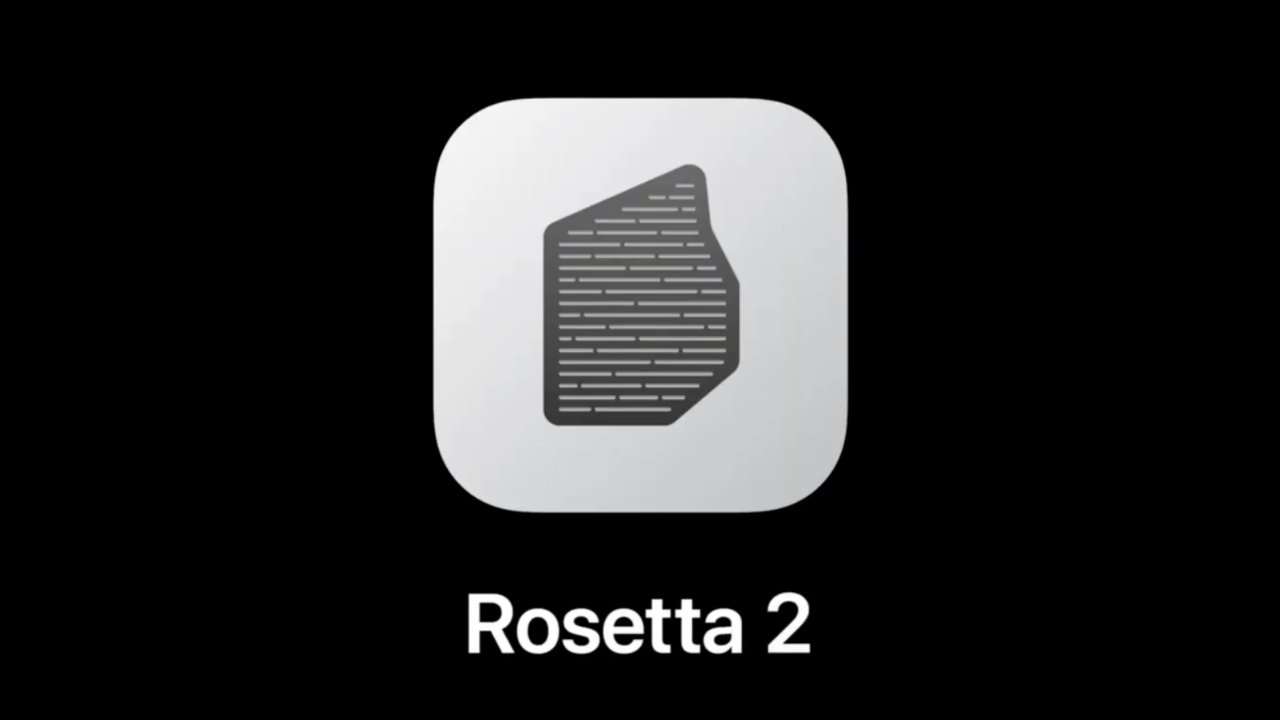
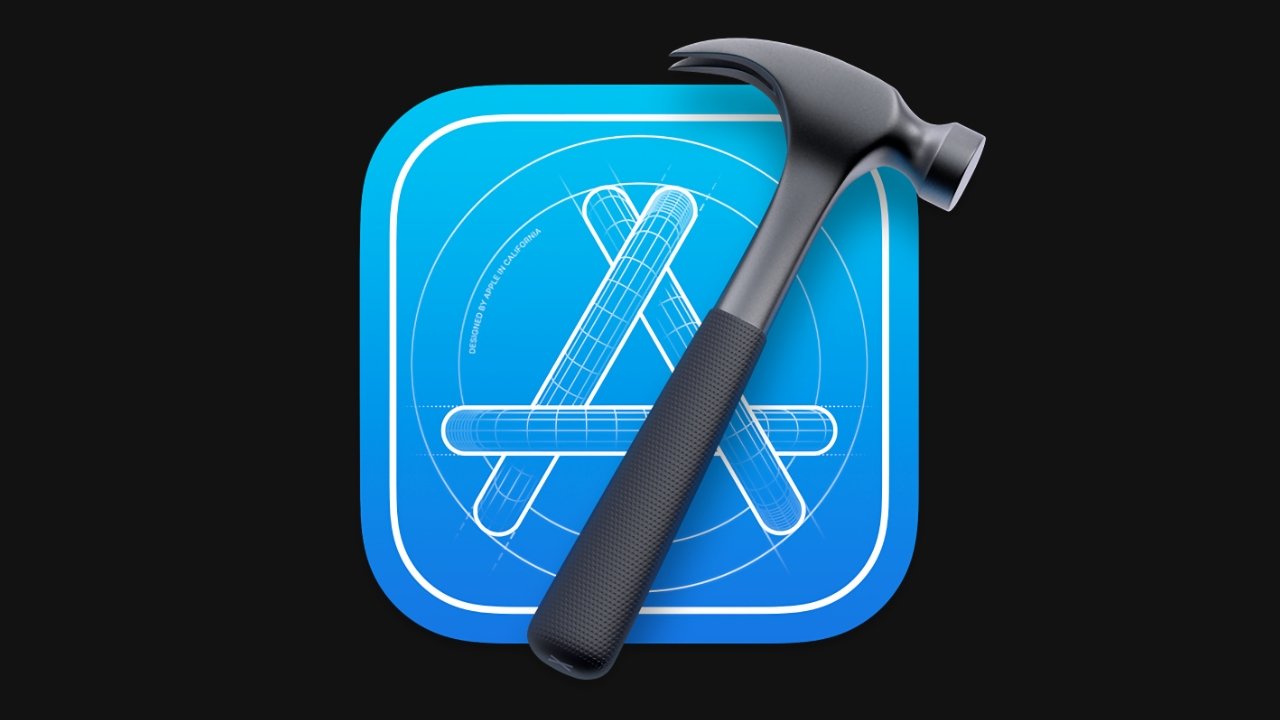
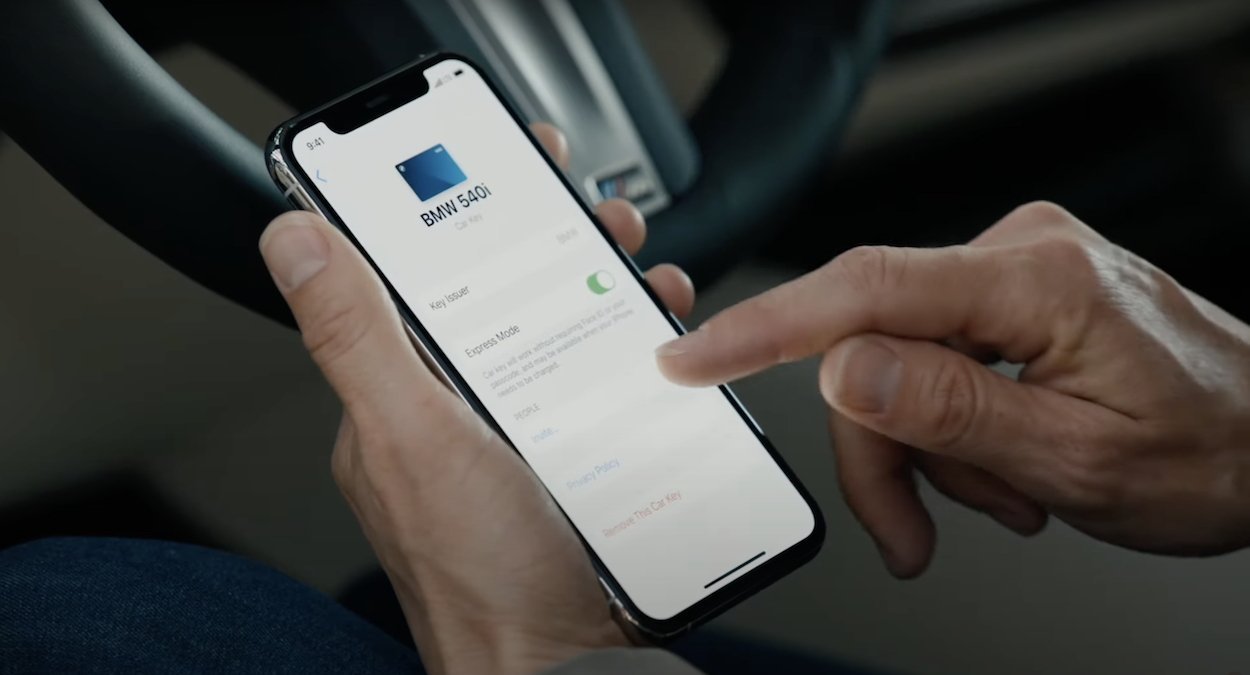

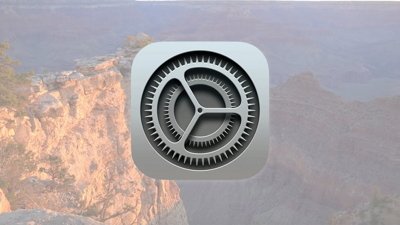
 Chip Loder
Chip Loder
 William Gallagher
William Gallagher
 Wesley Hilliard
Wesley Hilliard
 Marko Zivkovic
Marko Zivkovic
 Malcolm Owen
Malcolm Owen
